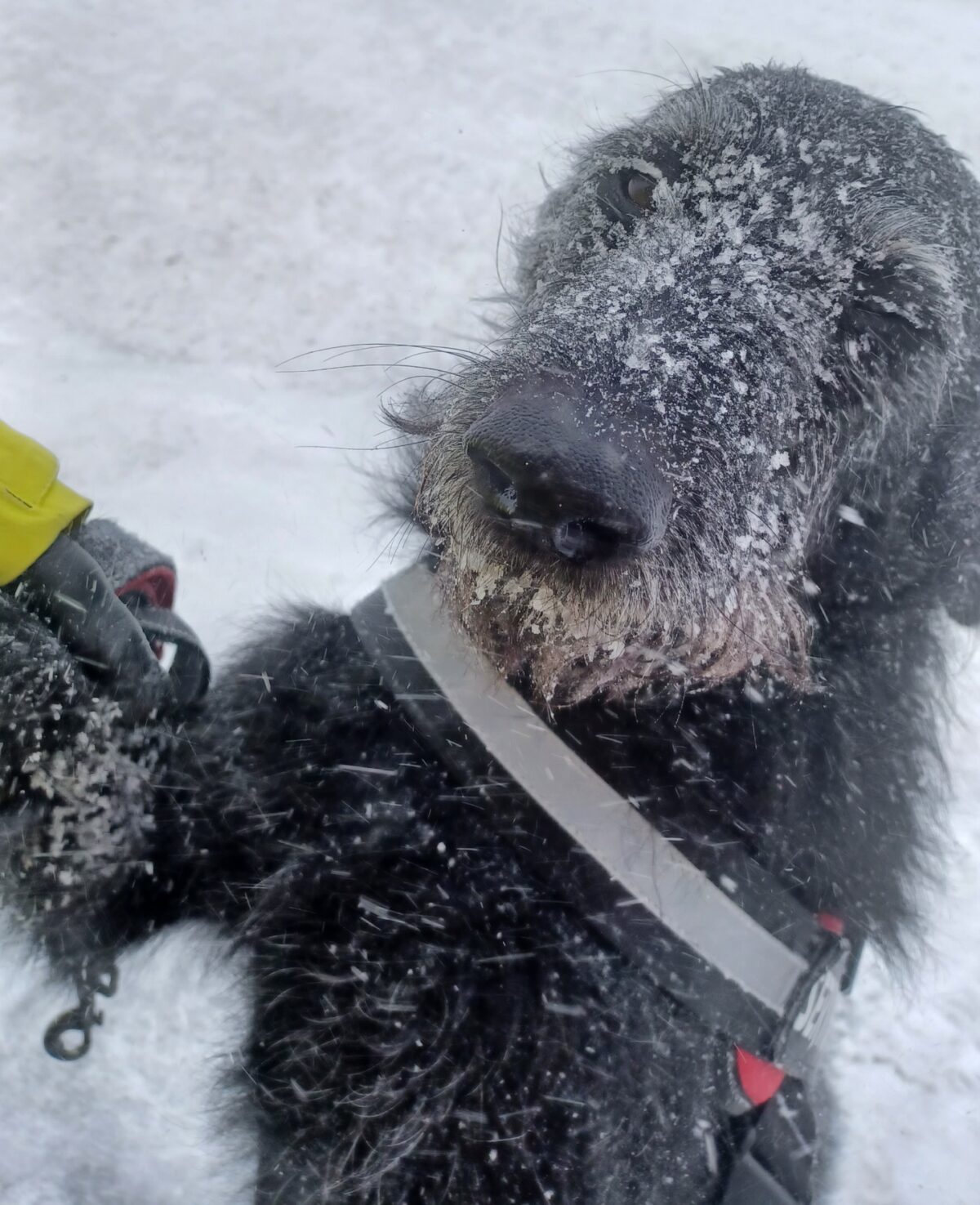Ever been out in public and see an adorable dog jauntily bounding beside their owner in a snazzy vest with the words “Do Not Pet” on the side? That, my friend, is a service animal.
As someone with a service animal, I thought I’d explain what service animals are, their various purposes and talk about how to properly approach a situation with a service animal.
Types of Service Animals
First off, what constitutes a service animal? That depends on the kind of service the animal is providing. Some people have services that are more physical and others that are more emotional. A broad definition would be an animal that performs a service for a person.
On a more complicated level, most service animals are dogs. Not to be mistaken for working dogs. You might see working dogs in settings with high security where dogs are needed to sniff out weapons and drugs or even just to chase down a perpetrator when needed. Service dogs are also highly trained but in a different way. A common service animal that someone might see is a seeing eye dog. These dogs are highly trained to help people with visual impairments get around. Another common example might be for people with chronic medical problems such as seizures or difficulty with blood sugar regulation.
On the other side of things, there are therapy dogs. Therapy dogs are trained to understand physiological changes in people to understand how they are feeling, and react accordingly. Someone with extreme anxiety would exhibit specific physiological changes and the dog would be able to read that and provide a source of calm.
On a more basic level, there are emotional support animals. Emotional support animals are very similar to therapy dogs but they are not limited to dogs and aren’t usually trained to that minute a degree. I have heard of a myriad of different animals being designated to be emotional support. While I struggle to understand how some animals could provide emotional support, I can understand on a certain level. Even with the least cuddly of creatures, I tend to find comfort in their presence with certain obvious exceptions.
How to Interact with Service Animals
All of that being said, here is the proper way to approach a situation with a service animal of any kind. If you are in public and you see an animal with a vest that says “Emotional Support Animal,” “Service Dog,” “K9” or anything of that nature, don’t try to pet the animal. These animals are working and performing a task and they don’t seem to be doing the best of jobs, they are likely still in training. Your interference would be a distraction to the animal and their job.
I am of the opinion that you should never pet an animal you don’t know. That adorably chubby squirrel that sits by the dining hall might seem harmless but be careful. As a continuance of that, I don’t think that you should be petting a domesticated animal without the permission of their owner. You never know if that animal has trouble with other humans. They might be traumatized or be skittish and you or the animal could get hurt.
An even further continuance of that is that you should never pet a clear service animal of any kind. They usually have a patch on their vests that says “Do Not Pet” or “Working: Please Do Not Touch.” That patch is there for a reason. We have a service dog and an emotional support dog in my family. One is an older very well trained dog and one is younger and still learning. I have been out and about with both while in their vests and I have had so many people touch or pet these dogs without permission.
I typically don’t think that working dogs should be disturbed while on the job, but when I’m out with my emotional support dog, I make a distinct point of thanking people who ask to pet her for asking first. Not everyone understands the importance of asking before petting a service animal and I make an effort to inform people when they ask. Overall, I don’t think that there’s anything wrong with asking if it’s alright to pet the service animal. I have been in situations where I was admiring from afar and the owner caught wind of that and called me over to give the dog some love. I think it is important to put emphasis on the asking part. If the owner says no, no harm no foul.
I hope everyone now better understands how to approach a situation with a service dog and isn’t caught off guard when a very fluffy golden retriever in a vest walks into an antique shop and is allowed to stay.

